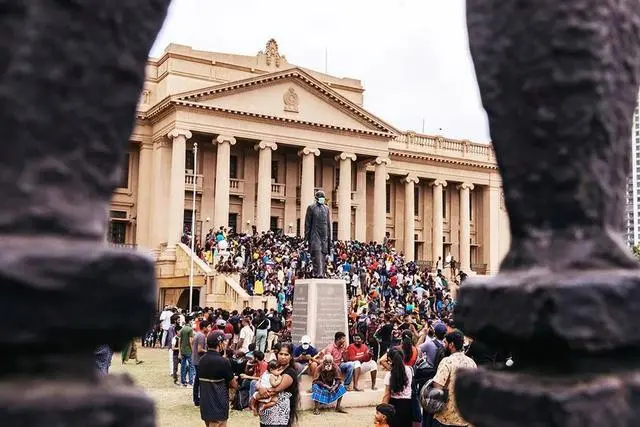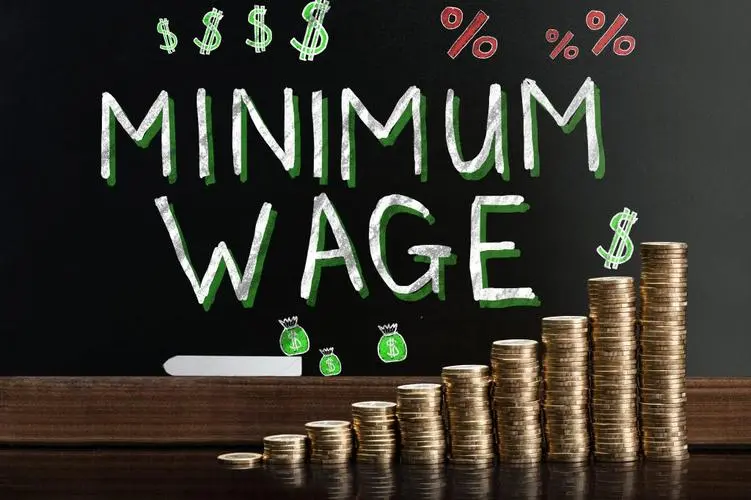
The Hope and Fear of the Sri Lankan Protest Movement
The lecture talks about the economic crisis in Sri Lanka in recent months. Analysts said that the first annual budget plan submitted by President to the parliament will include measures aimed at helping Sri Lanka restructure its debt, increase its income, and cut its spending. In the article, he said in a statement: “More than 70% of households are asking for government subsidies, and this year’s economy is estimated to shrink by 8.3%. This budget report will point out the political and economic way forward for the country.” I read from the news that the World Bank estimates that Sri Lanka’s economy will shrink by 9.2% this year and 4.2% in 2023. I think that the loss of tourism income caused by and COVID-19 worsened the consequences of tax reduction policies and years of poor economic management, which led to a serious shortage of dollars. This country with a population of 22 million is in crisis this year. Moreover, because Sri Lanka is unable to pay for key imported goods, it is difficult to purchase fuel and other necessities, and the public is facing soaring inflation, the rapid devaluation of the currency, and a sharp contraction of economic growth. Although criticized by enterprises and the opposition party, the government has proposed to increase the personal and corporate income tax rate from 24% to 30% and may modify the tax rate classification to increase fiscal revenue. Also, the author mentions that the economic crisis will affect the trading between Sri Lanka, the U.S.A., and China, which has been influenced by long history before.
The article is based on Hope and Fear of the Sri Lankan Protest Movement | The New Yorker.



